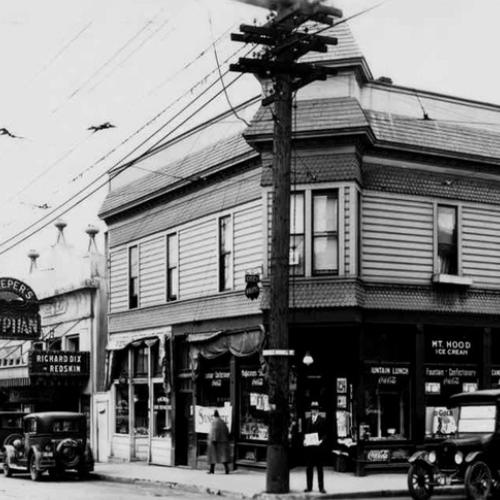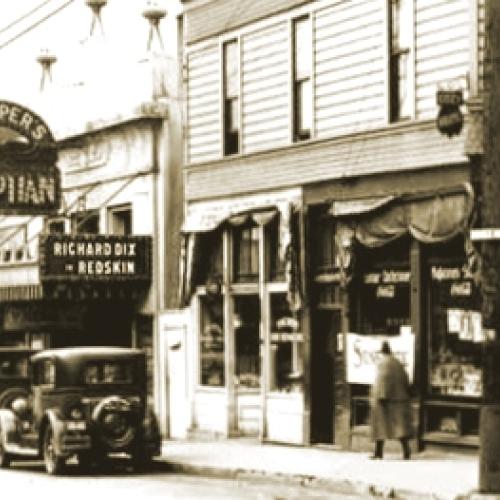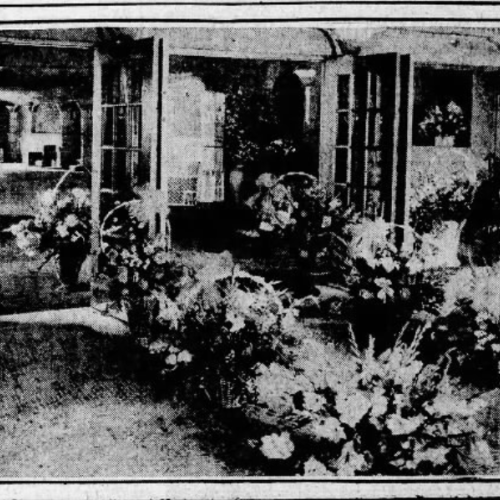The Graeper's Egyptian Theater, located at 2511 NE Martin Luther King Jr. Boulevard, Portland Oregon, opened on September 27,1924 and closed in 1962. The theater consists of many forms of entertainment ranging from silence films, theatrical plays, musical performances, and vaudeville acts. The first film shown in the Graeper's Theater was the film “Wanderer of the Wasteland” starring Jack Holt. Some of the silent films and theatrical plays that were shown in the theater were, “Welcome Stranger”, “Loving Lies”, “America”, “Tarnish”, “Tess of the D'Urbervilles”, “One Night in Rome”, “Find your Man”, and many more. The most popular Vaudeville attraction was “Five Acts of Vaudeville” by the Junior Orpheum Circuit featuring five distinct performances to draw the attention of a large broad audience. The Graeper's Egyptian Theater featured a Wurlitzer Organ with Florence Lawrence (an organist) to play for the audience, contributing to the live entertainments presented at the theater. These entertainments differed either every two days or the following day which allowed the audience to experience something new frequently.
One of the main ways the Graeper's Egyptian Theater promoted the theater was through local Newspapers (mainly the Oregonian or the Sunday Oregonian). The title of the theater would be displayed in bold along with other well known theaters helping the theater create an image of prominence. The theater itself also helped with self promotion due to its unique Egyptian designs as well as their fireproof construction. The exact description the theater uses to describe themselves is “Egyptian design, fireproof, comfortable seating arrangement”. The Egyptian design by architect, Edward A. Miller, aimed for an Egyptian revival style inspired by the discovery of King Tutankhamun’s Tomb in 1922.
Due to Portland’s prominent theaters rising in the 1920s (such as Liberty theater, Orpheum Theater, Alhambra Theater, etc.), Graper Egyptian Theater faced many challenges trying to favor the interests of the public. This motivated the theater to try and create their own unique image with new and exciting forms of entertainment along with their distinctive architectural design.


